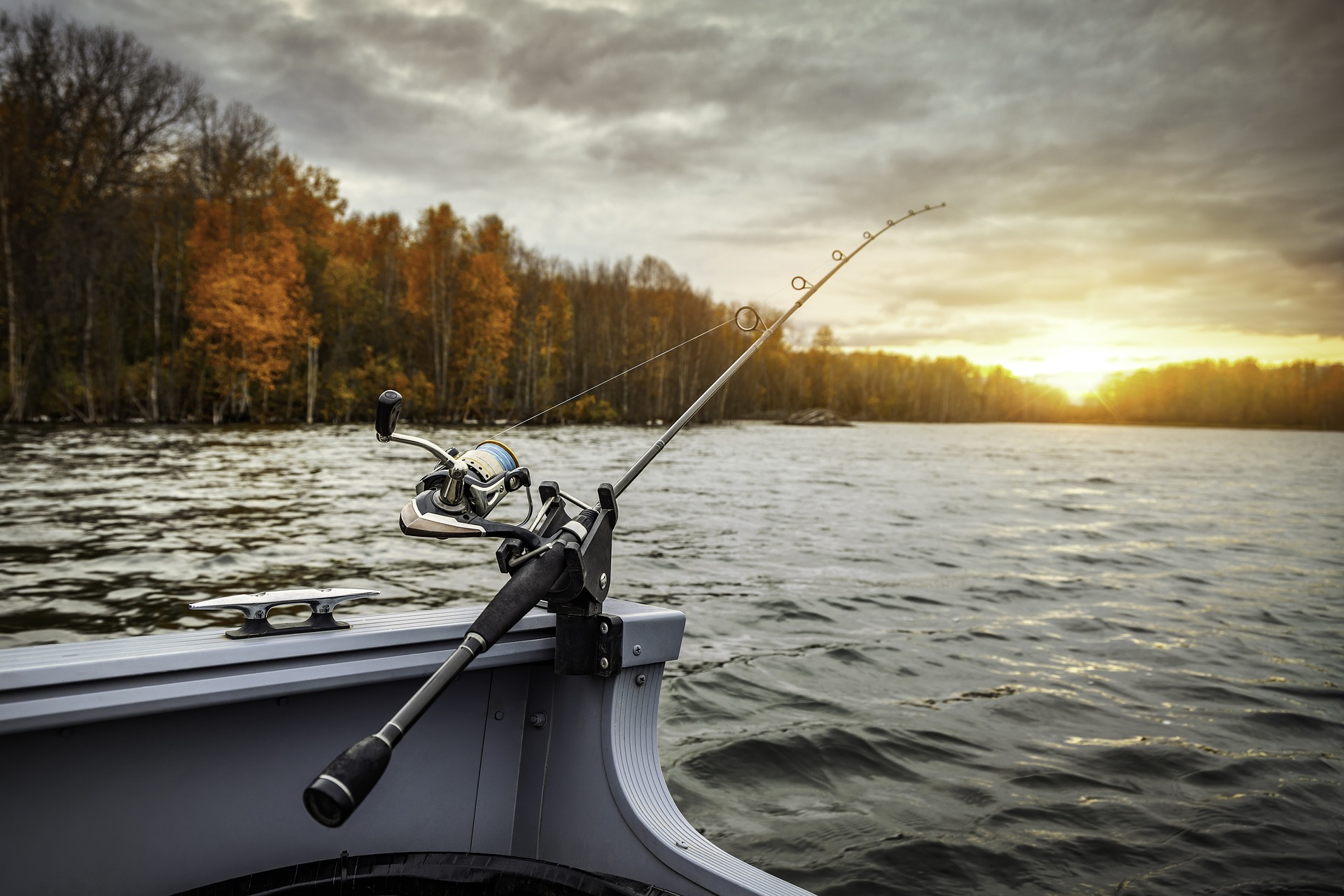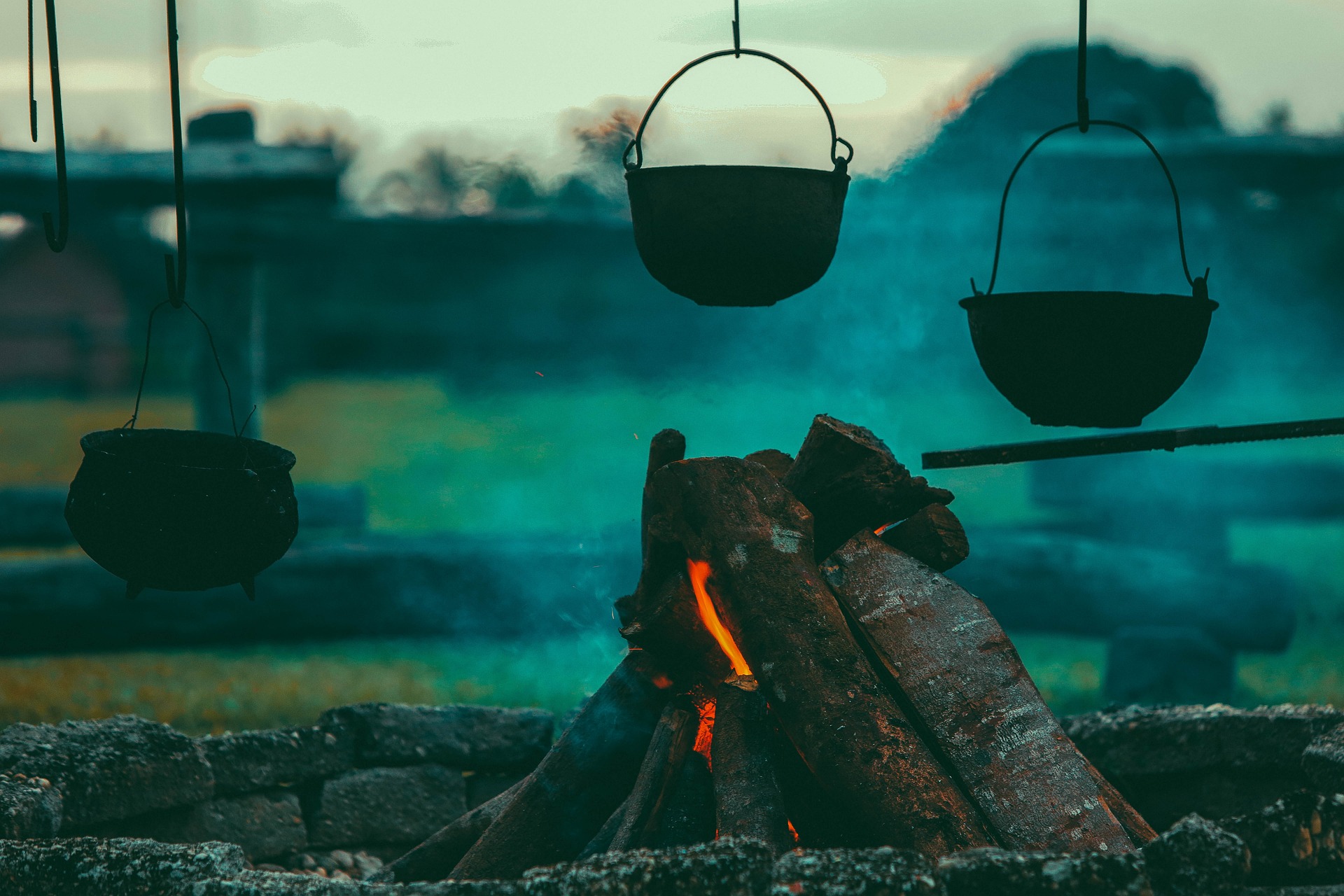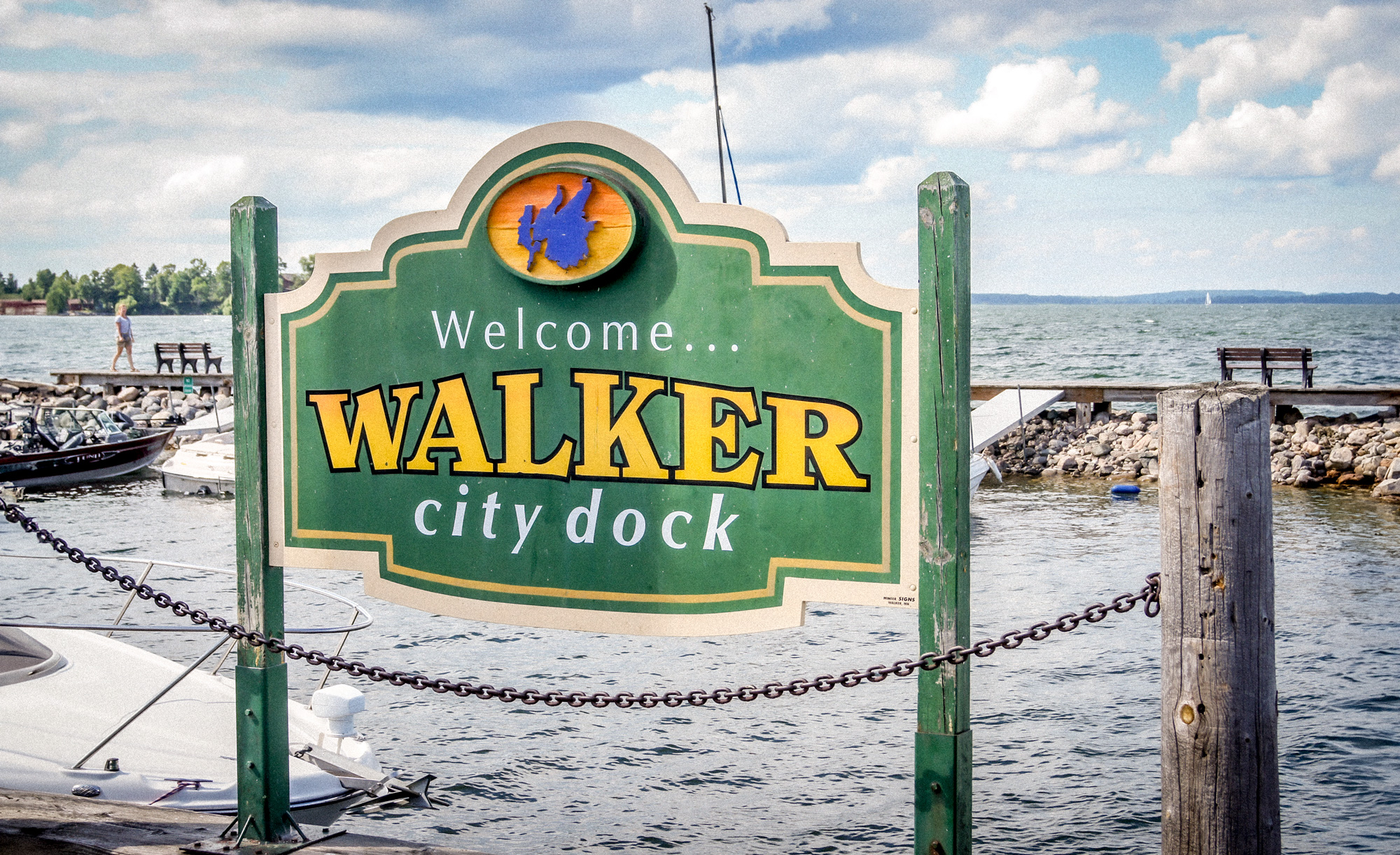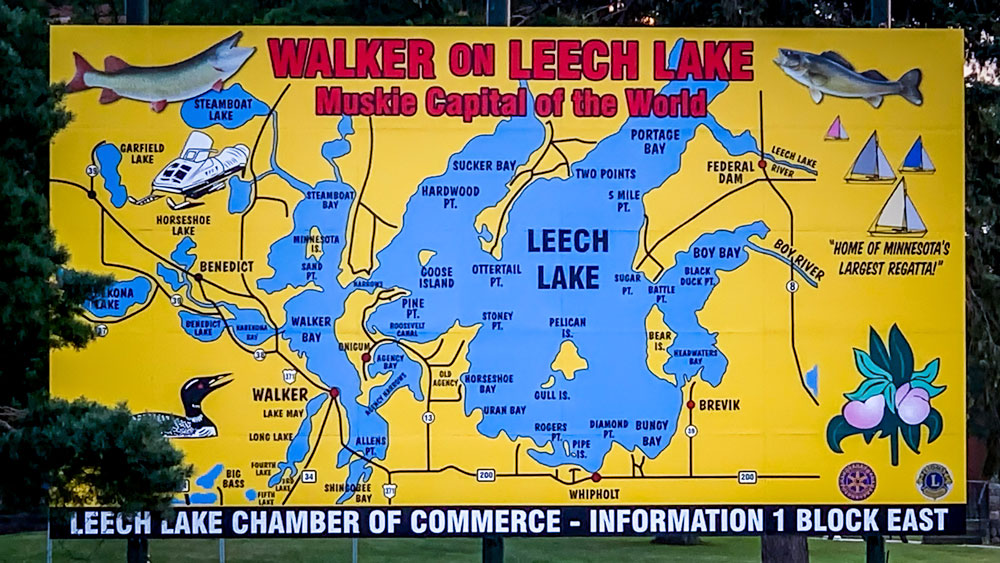DISCOVER THE ULTIMATE BOATING AND OUTDOOR ADVENTURE AT LEECH LAKE, MN, WITH PARK RAPIDS BOAT RENTAL!
Nestled near the charming city of Walker, Minnesota, Leech Lake is a haven for outdoor enthusiasts and families looking for a memorable getaway. For visitors interested in things to do in Walker, MN, Leech Lake provides a picturesque backdrop for a variety of activities. From the thrill of fishing Leech Lake’s abundant waters, home to walleye, northern pike, and muskie, to the serene pleasure of camping on Leech Lake’s shores, there’s something for everyone. With Park Rapids Boat Rental, exploring the expansive waters of Leech Lake becomes an effortless and enjoyable adventure!
Park Rapids Boat Rental offers an unparalleled opportunity to explore Leech Lake
Known for its pristine condition and stunning scenery, Leech Lake is an ideal spot for boating enthusiasts. Regardless of if you want to just take a leisurely tour around the lake or do some fishing, our boat rentals have you covered. Speaking of fishing, Leech Lake is renowned for its walleye, muskie, and bass fishing, making it a must-visit for anglers at all levels. With Park Rapids Boat Rental, anglers can easily access the best fishing spots Leech Lake has to offer, making it an unforgettable part of their Minnesota adventure. Ensure to include fishing at Leech Lake in your list of things to do in Walker, MN!


Camping on Leech Lake
For those looking to immerse themselves in nature, the Leech Lake area is surrounded by picturesque campgrounds. The Leech Lake campgrounds also offer a unique way to experience the great outdoors, with options ranging from fully equipped RV sites to secluded tent spots. Camping on Leech Lake offers a unique experience, allowing you to wake up to serene lake views and the soothing sounds of nature. After a day full of activities, there’s nothing better than gathering around a campfire under the starlit sky.
The Walker, MN area is bustling with attractions
Delve into the local culture and history by visiting the Walker, MN attractions, which include charming shops, delightful eateries, and engaging events throughout the year. Park Rapids Boat Rental is excited to be a part of your Leech Lake adventure, offering not just boat rentals but memories that last a lifetime. Visit our website for more information and to plan your trip to Leech Lake, where adventure and relaxation await at every turn.

Park Rapids Boat Rental is proud to serve you at the following boat docks:

FREE DELIVERY and PICKUP offered to any Leech lake location that is within 25 miles of Nevis MN! We also are happy to provide service to other Leech lake areas for a delivery fee.
